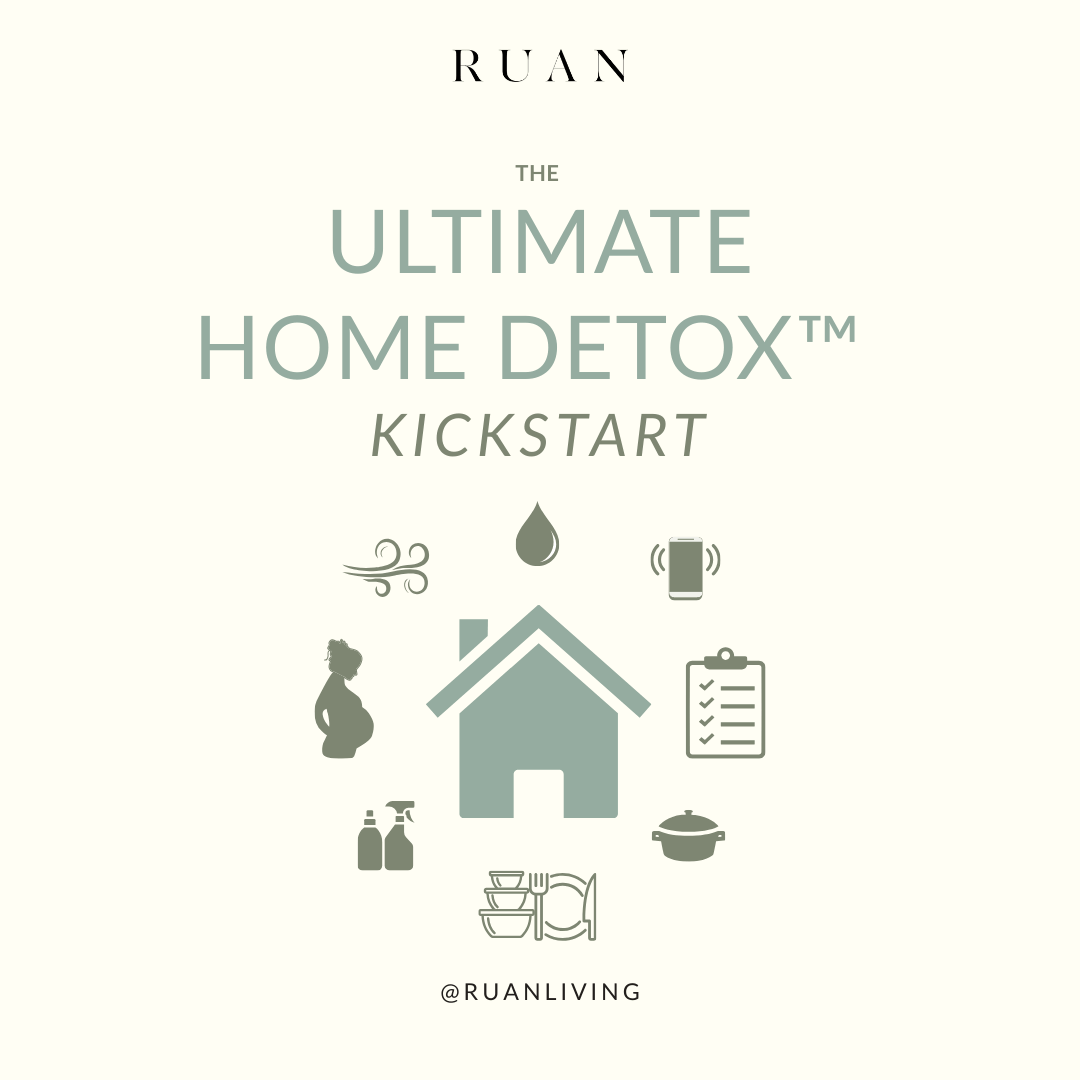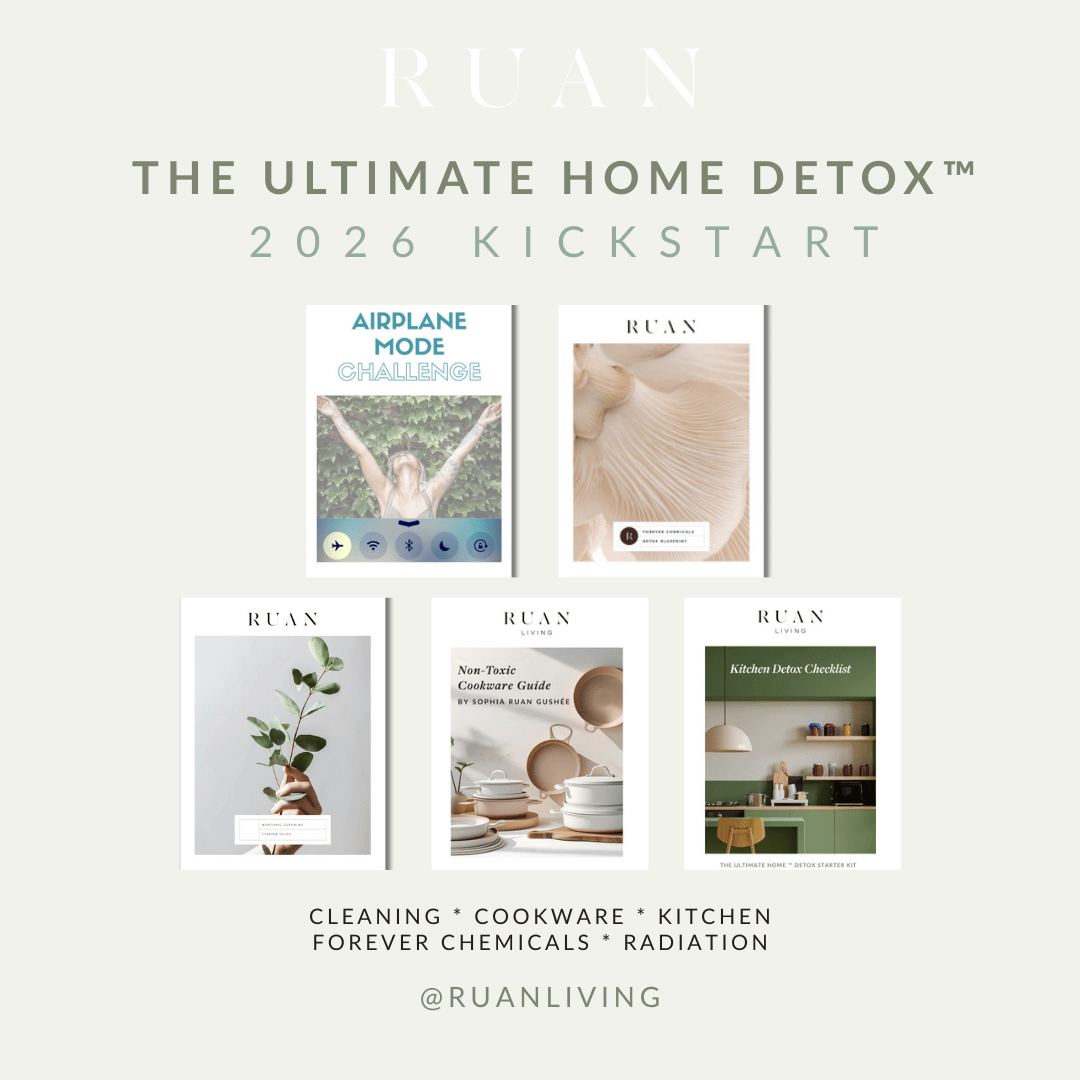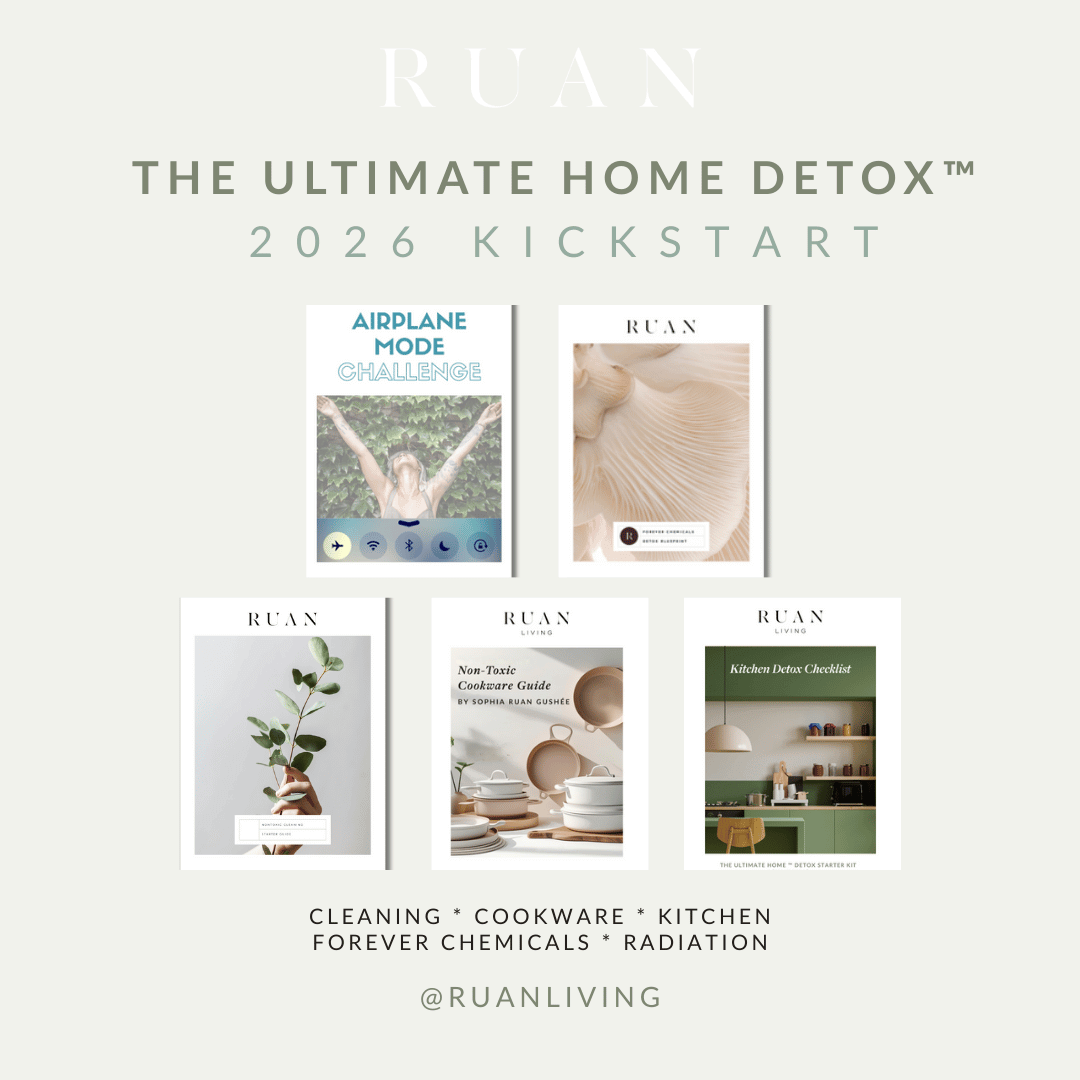
When Painting, Planning Pays Off
Nov 28, 2017by Angela Cummings and Sophia Ruan Gushée
One of the easiest and least expensive ways to freshen up a room is to paint the walls. However, paint can pollute indoor air. Below are tips to help protect both your health and your finances.
Detox Your Painted Walls
Three key things to consider when selecting safer paints are lead, VOCs, and HAPs.
Lead
While the US banned lead from house paint in 1978, lead is still found in the painted walls of older homes. And this still contributes to childhood lead poisoning. In fact, an estimated $43 billion is spent on medical and societal costs related to childhood lead poisoning in the U.S., according to Sophia Ruan Gushee’s A to Z of D-Toxing.(1)
No amount of lead is safe for children. Lead can affect all organs, lower IQ, and reduce attention spans among other health challenges.(2)
VOCs
Volatile organic compounds (VOCs) is a category of compounds that pose human health risks. For example, the two below are commonly found in paint products.
- Benzene: may cause leukemia, breast cancer, lymphatic cancer and damage chromosomes(3)
- Formaldehyde: may affect immune system, respiratory system and cause cancer(4)
VOCs can off-gas in the home and contribute to poor indoor air quality. However, most people don't realize that VOCs were studied and regulated mainly for their effects on the outdoor environment: their ability to create ozone and contribute to smog. But, low- and zero- VOC paint products have been interpreted as safer choices for the indoor environment. They may be, but, VOCs have, historically, not been studied for human health impact.
We now know that certain VOCs do pose health concerns.
HAPs
Hazardous Air Pollutants (HAPs), on the other hand, have been studied for their effects on human and environmental health. According to a report by the Colorado Department of Public Health and Environment, HAPs have been known to cause headaches, dizziness, difficulty breathing, increased risk of cancer, birth defects, and other harmful effects. As of a 2014 report, the EPA had a list of 188 HAPs.
For how long does paint off-gas?
Most off-gassing occurs when paint is freshly applied. However, VOCs can continue to off-gas for up to 3 ½ years.(5)
Reduce VOCs When Painting
The tips below should help reduce the number of VOCs in your home:
- Seek paints that are low in VOCs and HAPs. Paints with zero- or low- VOCs are most likely better than conventional paints, but it's still hard to know. Beware of products that claim that their paint products contain no emissions. That's most likely impossible. Look at the Material Safety Data Sheet (MSDS), which won't tell you the whole story but it will at least help you avoid known toxicants.
- Fresh Air. Open windows to allow fresh air into the house, both in the room you’re painting and throughout the house. Having a good cross breeze helps to circulate the fresh air throughout the house and rid toxic air faster.
- Ventilate. For as long and often as you can, continue to facilitate ventilation and fresh air exchange.
- Old Homes. Use caution when preparing or painting homes built before 1978.(6) Lead was prominent in paints back then and can remain on the interior or exterior walls. Removing peeling paint can stir up lead-filled paint and be toxic to people of all ages, especially young children who are notorious for putting hands or objects into their mouth. Investigate painters certified in lead paint removal, and check their references.
- Calculate Carefully. Calculating the amount of paint you’ll need can save money and storage space, and reduce your exposure to VOCs from the leftover paint. Buy only the amount of paint that you need to complete the project. Read the product label for the manufacturer’s suggested coverage calculations.
- Pay Attention. Be aware of how your body is reacting to paints. Indicators such as feeling dizzy, nauseous, or lightheaded may be a sign that your body needs fresh air. Even manufacturers of low VOC paint suggest having adequate ventilation. Pay attention to what your body is telling you and take steps to stay healthy when doing painting projects.
- Follow Manufacturer's Instructions. They may be offering advice that helps with health and safety.
Post-Painting
- Clean Up. Clean up leftover paint on paint brushes, rollers, and paint trays. Off-gassing of paint can occur wherever paint is located – on the walls, in tools, or in paint containers.
- Dispose of Extras. Dispose of leftover paint when you’re done with your project. Depending on the amount of paint left, consider donating the paint to a local non-profit that may be able to freshen up a small space, or dispose of the paint following local municipality guidelines. If you are not able to part with the leftovers, seal the can tightly and store in an area with good ventilation.
- Delay spending lots of time in a newly painted room. While there are safer paint options, there may be no such things as nontoxic paint. Before spending time in the freshly painted room, let the room air out for as long as possible.
Make your painting experience a healthier one by planning ahead. Allow yourself time to select a healthier paint, find out if lead is a concern, and create an overall plan for reducing exposures to VOCs, HAPs, and lead.
References
(1) A-to-Z of D-Toxing, Works Cited Part 1
(2) (3) (4) A-to-Z of D-Toxing, Works Cited Part 2



